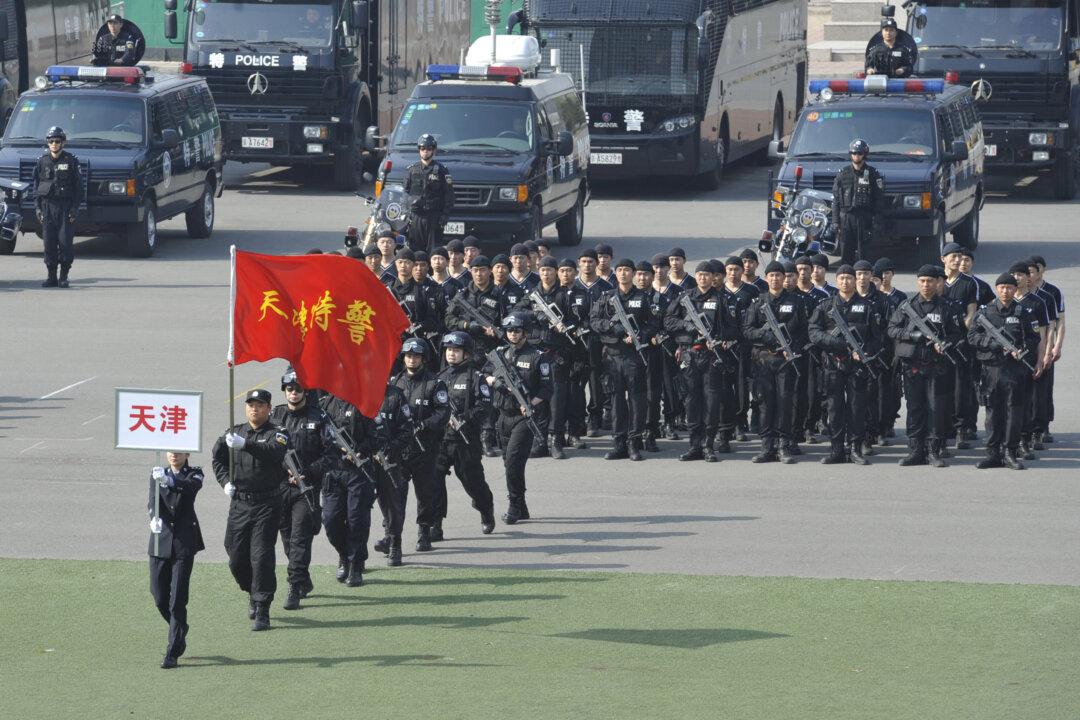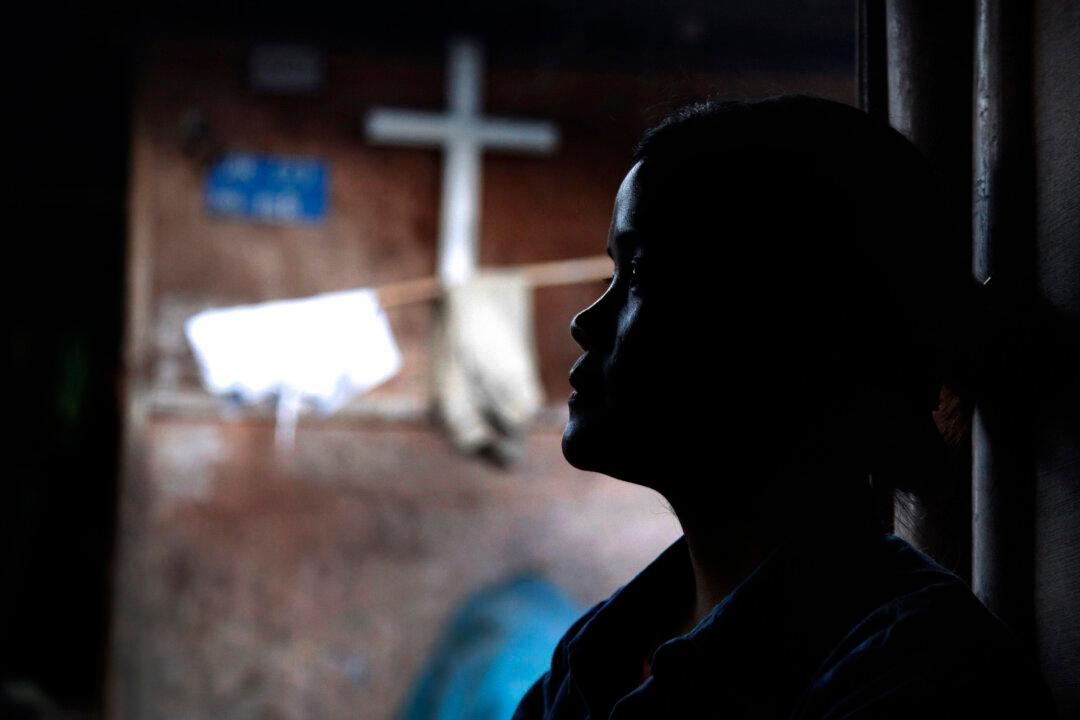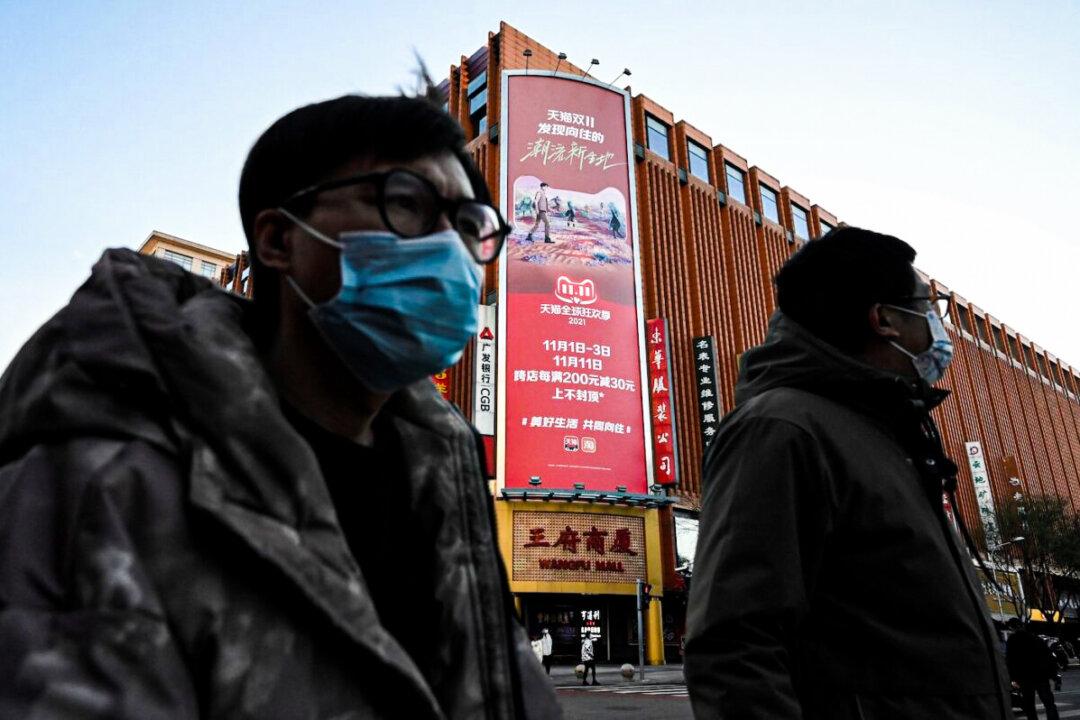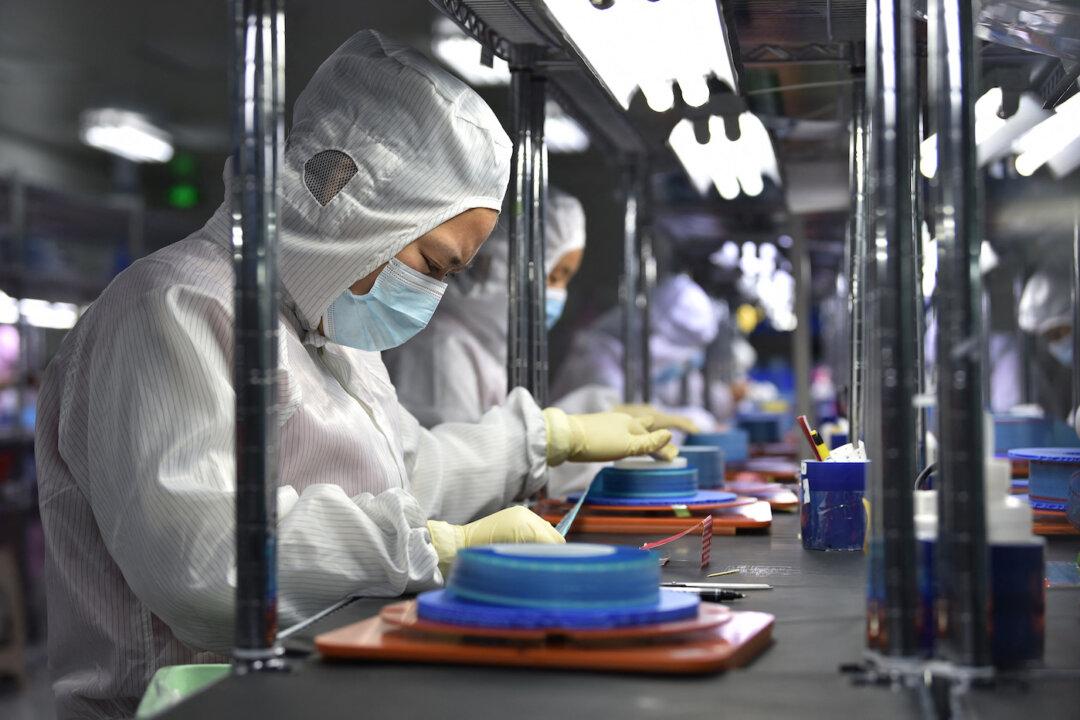Two reports that came out in early April this year have once again exposed the darkness of China’s legal system.
One was a diary written by a prisoner of Masanjia Labor Camp in northeastern China, which detailed the cruel tortures perpetrated every day inside the camp. The other was Amnesty International’s annual report on the death penalty published on April 10.
Both reports fully reveal the inhuman nature of China’s legal system, which heedlessly takes away people’s lives and has no limits in how it debases human dignity.
Masanjia Torture Diary
The article “Out of Masanjia” that the Beijing-based Lens magazine published in its April issue was centered on a diary smuggled out by a female inmate. The hellish abuses it described outraged the whole world.
If one looks more closely at the abuse of inmates at Masanjia, one sees this is actually old news. A report published by the U.N. Commission on Human Rights on Feb. 13, 2001, “Integration of The Human Rights of Women and The Gender Perspective: Violence Against Women,” described in great detail the tortures at Masanjia Labor camp.
Its account is very similar to the recent Lens magazine article, but also included a tragic story overlooked by the Lens article. In October 2000, Masanjia guards stripped naked 18 female Falun Gong practitioners and threw them into men’s cells.
However, the U.N. report virtually failed to get media attention, and it’s easy to understand why.
In 2001 seemingly the whole world had opened its arms to enthusiastically welcome China into the World Trade Organization. The way in which Masanjia used any means no matter how evil to debase human dignity did not harmonize with the international mood.
Furthermore, the majority of Chinese at that time believed a powerful nation is the guarantee for personal well-being. They didn’t cast any doubts on the Chinese regime’s propaganda about Falun Gong.
As a result, the U.N.’s authoritative report was largely ignored by international media, whose attention was focused on the bright prospect of China’s economic development.
Most Chinese outside China who had learned about the U.N. report chose to believe it was fabricated by “foreign anti-China forces” to defame China.
A few others who knew this must be real found an excuse for taking no action. They persuaded themselves that the majority of prisoners in the labor camps are punished by the state because they are the dregs of society—they deserved it.
Twelve years later, the public response to the diary published in Lens magazine is dramatically different. There is only one explanation. The social conflicts in China have become increasingly acute and people have completely lost their trust in the state.
The regime’s heavy reliance on violence helps the Chinese people realize that the dark labor re-education system is ruining civilians’ dignity and ending their lives.
The intense conflicts in Chinese society can be seen through data listed in China’s Defense White Paper: Between 2011 and 2012, China deployed on average 4,384 military police per day, which amounts to over 1.6 million deployments in a year.
The use of so much military force in domestic affairs makes clear that the state and the people have become enemies.
Officials Benefit
Amnesty International (AI) pointed out in its annual report on the death penalty that the estimated executions in China in 2012 exceeded the total for all other countries combined.
Because the Chinese state always treats the number of executions as top secret, AI was unable to obtain an accurate number. AI estimated several thousand prisoners were executed in China last year, while Iran took second place with 314 executions.
The Chinese regime, however, firmly declared that in 2011 it had adopted an amendment to reduce the number of capital crimes from 68 to 55. Thirteen categories of nonviolent, economic crimes will not incur the death penalty, which comprised 19.1 percent of the original capital crimes.
It was also stipulated that for anyone over 75 at the time of trial, the death penalty should generally not be applied. In a related international conference, China admitted that this reduction in capital crimes was not based on public opinion.
Although the Chinese regime never attaches any importance to public opinion, in its abolition of certain capital crimes, it tells a half-truth and a half-lie in saying that it lacks the support of public opinion.
In fact, the Chinese regime conducted three surveys about the death penalty.
In 1995, the Institute of Law at the Chinese Academy of Social Sciences and the National Bureau of Statistics jointly conducted a survey on the question of whether the death penalty should exist. More than 95 percent of those surveyed objected to the abolition of the death penalty.
A survey in 2003 of 16,000 netizens showed that over 83 percent opposed the abolition of the death penalty.
In the third survey in April 2008, 67.2 percent of the netizens surveyed opposed it, and 21.8 percent of the netizens felt that capital offenses needed to be redefined to reduce the scope of the death penalty’s application.
But one reform was not based on public opinion: the abolition of the death penalty for corrupt officials. The biggest beneficiaries of death penalty reform have been high-ranking officials involved in corruption.
The Chinese regime has been fairly slow in adopting administrative patterns widely used in international society. However, in taking crimes of corruption off the death penalty list, the regime acted quickly.
Authorities found a theoretical basis for the removal, saying that relying on the death penalty to conquer corruption is a lazy approach because it fails to aim at the fundamental problem, the loopholes in the system.
The former director of China’s Food and Drug Administration, Zheng Youyu, was executed for corruption in 2007. After 2007, exemption of corrupt officials from the death penalty has become routine.
A report published by Caijing Magazine in May 17, 2012, looked into 120 corruption crimes involving province-level or ministry-level officials since 1987.
Among them only six were sentenced to the death penalty; of these six, two involved murders.
For example, Duan Yihe, the director of the Shanxi Delegates of the National People’s Congress, killed his mistress by means of a car explosion; former Deputy Governor of Henan Province Lu Debing murdered his wife.
That is, only 5 percent of the 120 cases were subjected to the death penalty. At the same time, according to information released from prisons, 20–30 percent of the detained officials benefit from a reduction of sentence every year. Parole or medical parole is mostly granted to former high-ranking officials who were sent to prisons for corruption.
This leniency is seldom applied to common people. For example, Xia Junfeng, a street peddler in Shenyang, fought back against the police called Chengguan who are charged with enforcing city regulations. The Chengguan are generally hated in China for their thuggish tactics.
Xia killed the Chengguan officer after being bullied by him. Although the cause of the incident was the Chengguan’s resort to violence, and lawyers mostly believed Xia’s case should be handled mercifully, in the end Xia was still sentenced to death.
Yuan Ling, the reporter for Lens magazine, risked his life to publish the Masanjia diary. Soon after his article came out, many outraged Chinese hoped to see an investigation into the abuses in Masanjia, and eventually the abolition of the labor camp system.
Authorities at Liaoning Province immediately set up an investigation team, which was mocked by Chinese journalists as being in the style of a father investigating his son. A little more than 10 days later, the investigation team published its report, which claimed, “Out of Masanjia” was grossly untrue.
As of today, the top-level officials in Beijing have not made any comment on the Masanjia incident, nor have they made any promise to abolish the labor re-education system. The darkness of China’s legal system continues.
Currently based in the United States, He Qinglian is the author of “China’s Pitfalls,” which concerns corruption in China’s economic reform of the 1990s, and “The Fog of Censorship: Media Control in China,” which addresses the manipulation and restriction of the press.





